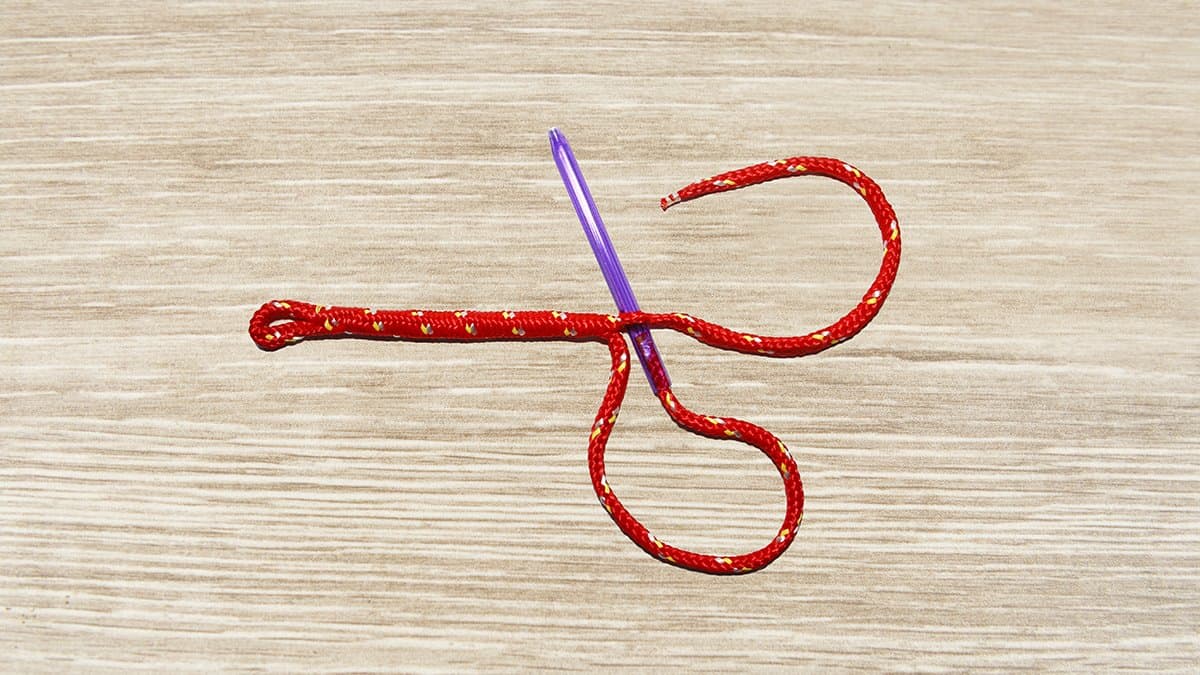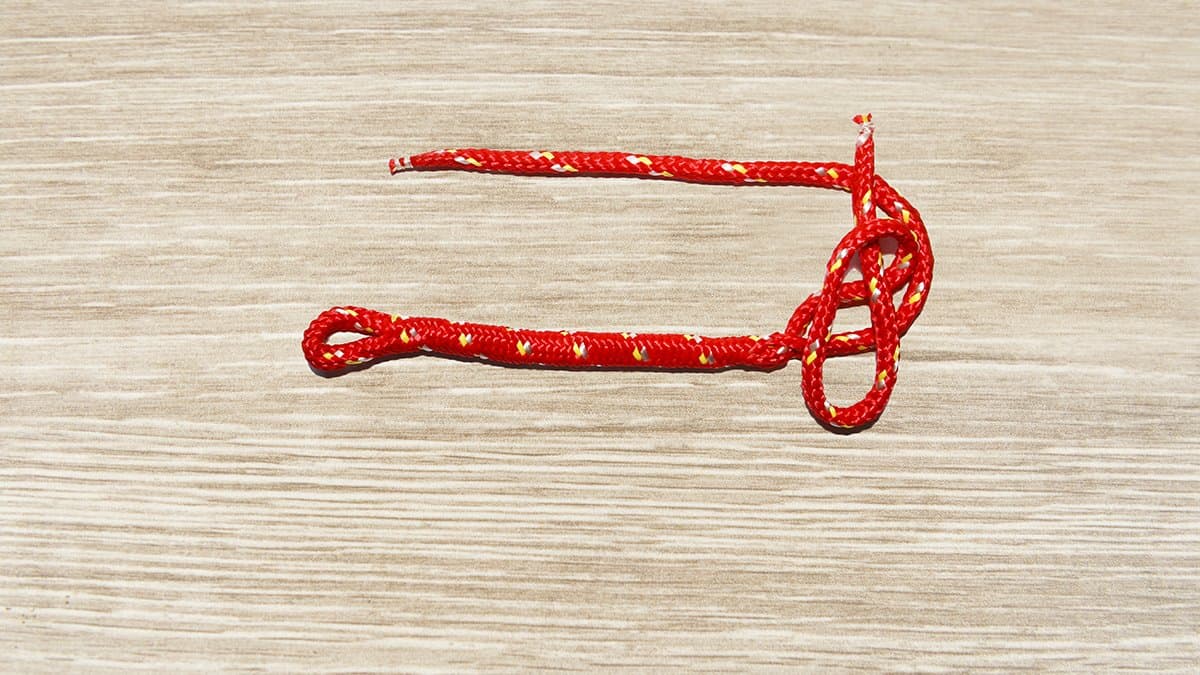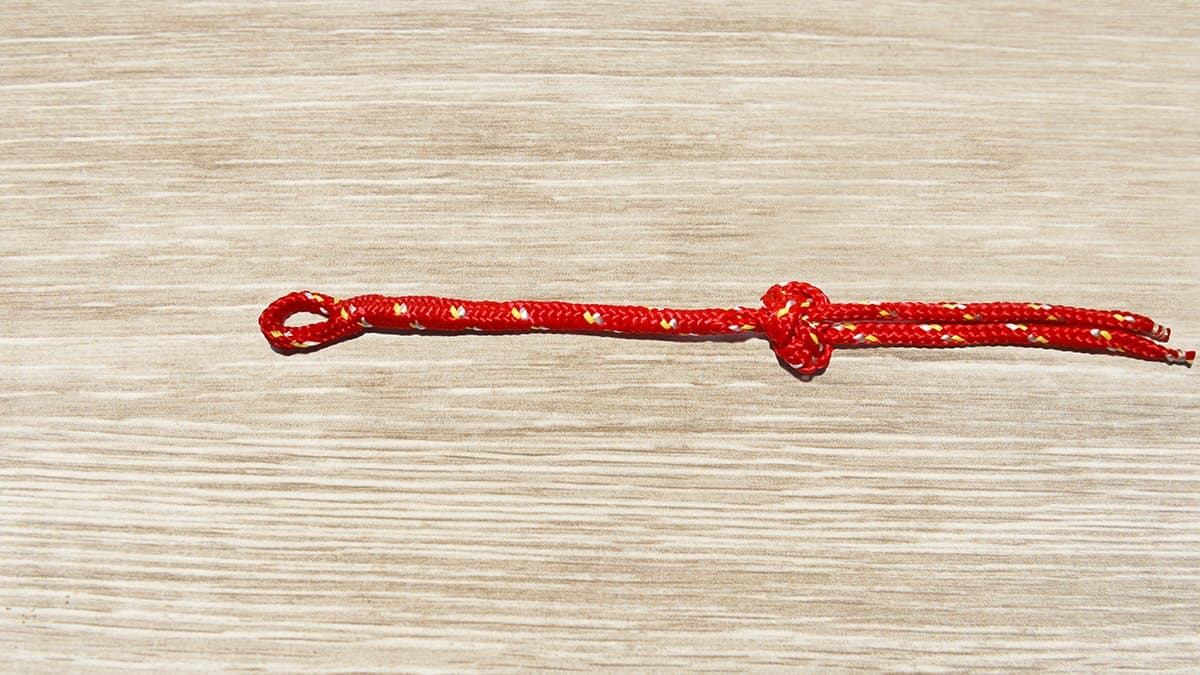How To Tie A Soft Shackle Knot
Learning how to tie a Soft Shackle Knot is an incredibly rewarding experience. It’s a difficult knot to tie and the process is far trickier than for tying other knots but soft shackles are very useful things, and knowing how to make your own is a handy skill.
If you’re not familiar with soft shackles, they’re lightweight, flexible alternatives to metal shackles. If you’re a boat owner, there’s a good chance that you’ve encountered soft shackles before. They’re seriously strong, very useful, and used for a wide range of purposes.
A Soft Shackle Knot is so strong that it has up to four times the line strength as other loops. In most cases, it’s not quite four times as strong as a conventional line, but it has been proven to handle up to 175% the weight as other options. To put that claim into perspective, if you were planning on attaching a soft shackle to a jib sheet, it would be the sheet that fails first and not the shackle.
Uses
There are hundreds of used for the Soft Shackle Knot. A perfectly formed soft shackle can be used for countless applications. Some of the most popular of these include attaching halyards to sails, attaching sheets to sails to prevent snagging, for attaching blocks easily, and for use as sail hanks.
Soft shackles offer serious abrasion resistance, natural and flexible articulation, and they self-align to whatever load they need to handle. If that wasn’t enough, they also have a few advantages over their metal counterparts: they don’t rust, they’re incredibly lightweight, and they won’t damage whatever material they’re attached to.
Of course, you can buy pre-made soft shackles, but if you want to make your own you’ll need to learn how to tie a Soft Shackle Knot. Before you can do that, you’ll need a length of rope with certain characteristics. For example, a hollow braid, 12-strand Dyneema will work well. Not only that, but you’ll also need a Fid. This is a small tool used to part rope sections and feed new strands through them.
You’ll also need a lot of rope. A small loop requires more rope than you’d think.
How To Tie A Soft Shackle Knot
Before you can begin tying the Soft Shackle Knot, you need to have an appropriately sized rope. You will need to mark the rope in two places, where the Fid will enter the rope, and where it will exit. There are many calculators online that can help you with this. After measuring and marking your rope, here’s what you do next.
Step One: Once you’ve measured and marked your rope, insert the fid (with the rope attached) into the rope at the second mark, and pull it through the inside of the rope to exit at mark 1.
Step Two: You will have made a small loop. Tighten that loop around a length of spare rope to stop it from collapsing. You will need to use this loop later.
Step Three: Take the fid and pass it through the inner rope, pulling the outer rope with it. Pull the rope tight and make sure that the two remaining tail ends have the same length.
Step Four: The next part of tying a Soft Shackle Knot is making a lanyard knot. To do that, make a circle using the inner end of your rope, and tuck it under itself, and feed it over the long end.
Step Five: Now thread the other end under itself and over the long end. The next section is complicated: pass each end around the other, and then pass them upwards together.
Step Six: Tighten the strands together, and pull the free ends tight. Some users like to use vice grips to ensure a very tight knot. Trim the ends afterward.
Step Seven: Finally, it’s time to close the shackle. To do this, you need to open the first loop you made. Remove the place-holder rope and open the loop. Pass the Lanyard Knot through the widened loop, and tighten the shackle to complete the loop.
Other Things To Consider:
It’s very difficult to master this knot. For the best results, we recommend that you practice tying these knots as often as possible. Luckily, you can never have too many soft shackles! To make the most of the Soft Shackle Knot, we also recommend that you familiarize yourself with some of its shortcomings, variations, and alternative knots. Here’s all you need to know.
Warnings
When tied correctly, the Soft Shackle Knot is an incredibly strong shackle. Unfortunately, it’s very difficult to tie and has some unusual quirks. For example, it requires rope to cut to a certain length, and it requires some tricky math to help you mark certain points. For the best results, we recommend that you use an Edwards Calculator which will help you determine what lengths you need to make a certain diameter shackle.
Variations
The above-mentioned calculator takes its name from Allen Edwards, a knot-tying guru from L-36.com. Edwards has also established a number of variations of the Soft Shackle Knot. The most popular variation is known as the Better Soft Shackle. It’s very similar to the standard Soft Shackle Knot but it has a few key differences. The most significant of these differences is the addition of a Diamond Knot to replace the Lanyard Knot.
Alternatives
Aside from the Better Soft Shackle Knot, other popular alternatives to the Soft Shackle include the Kohlhoff Shackle, which has a loop made of two lines, and standard metal shackles. Metal shackles are very useful, but they may not suit your needs. They’re strong, tough, and incredibly reliable, but if you need something flexible, with maximum articulation, that can withstand the elements and won’t rust, then you really can’t go wrong with a good old-fashioned Soft Shackle Knot.
Categories: Nautical Knots




























